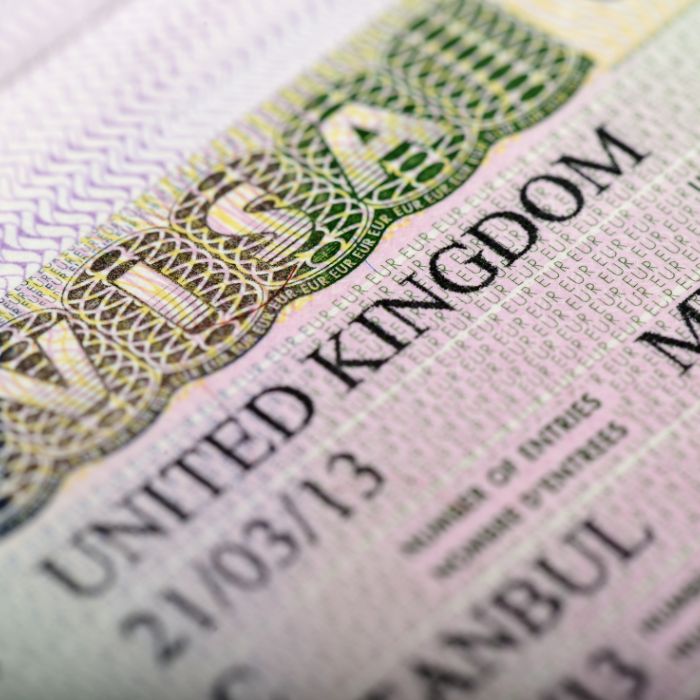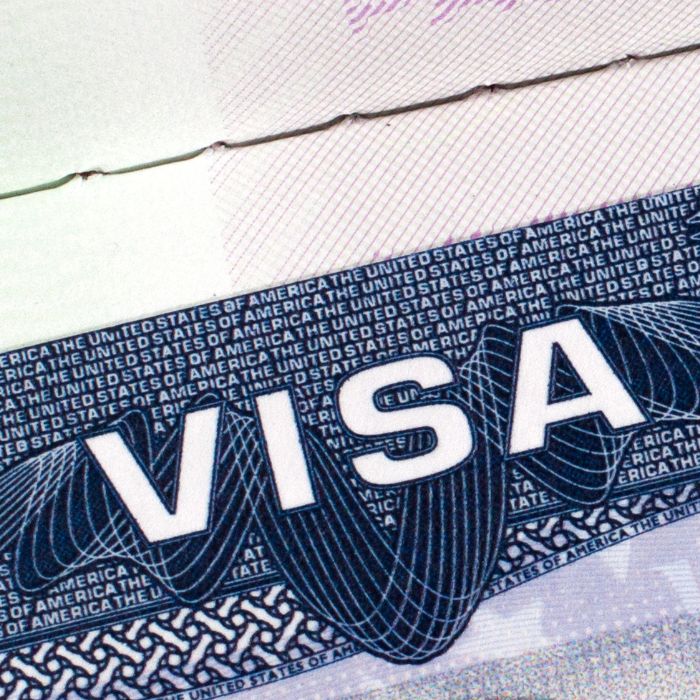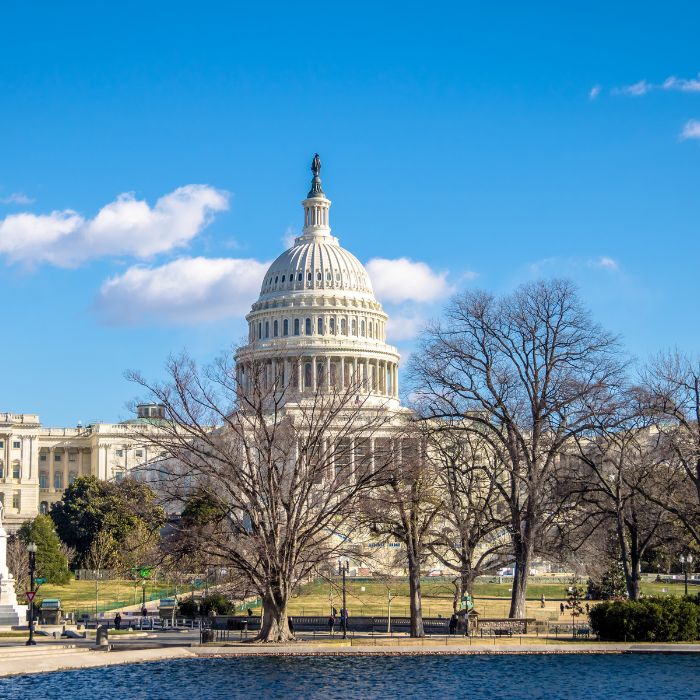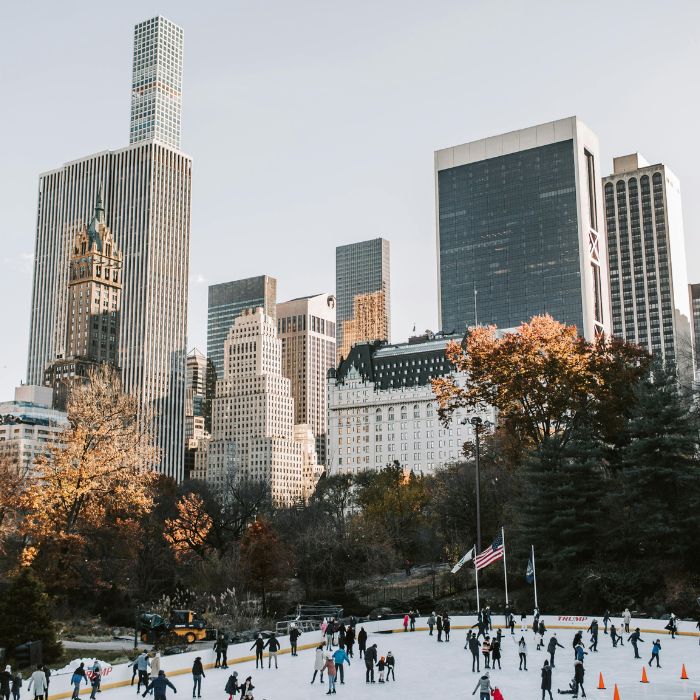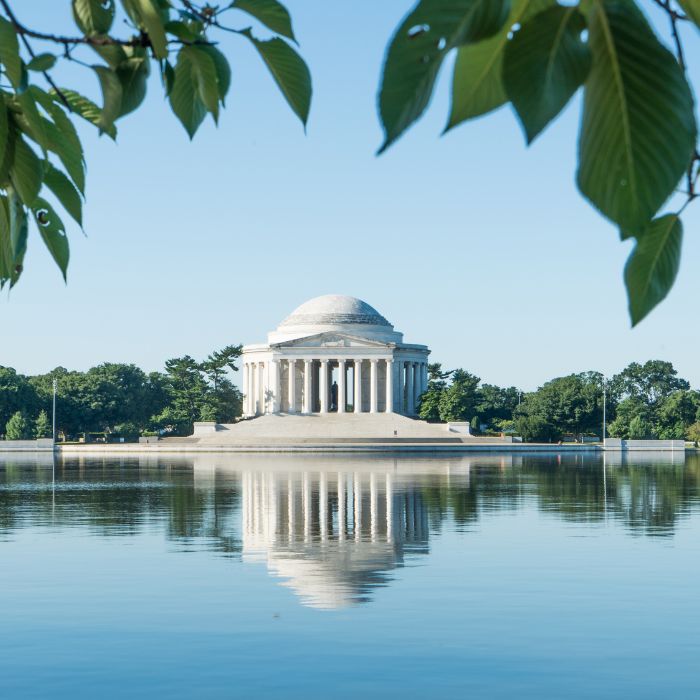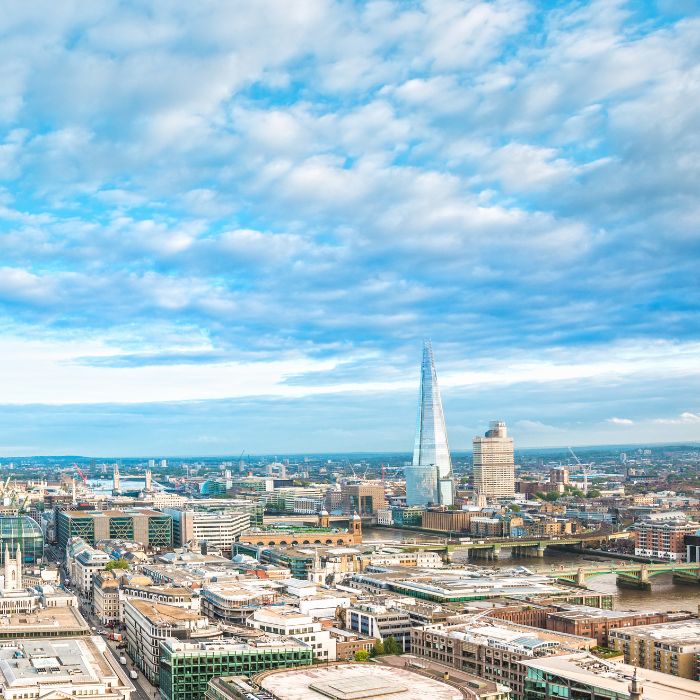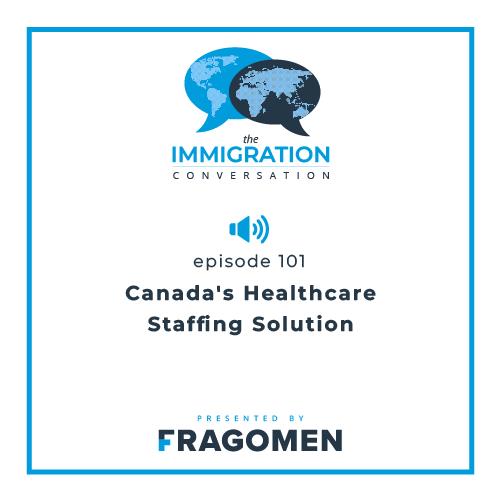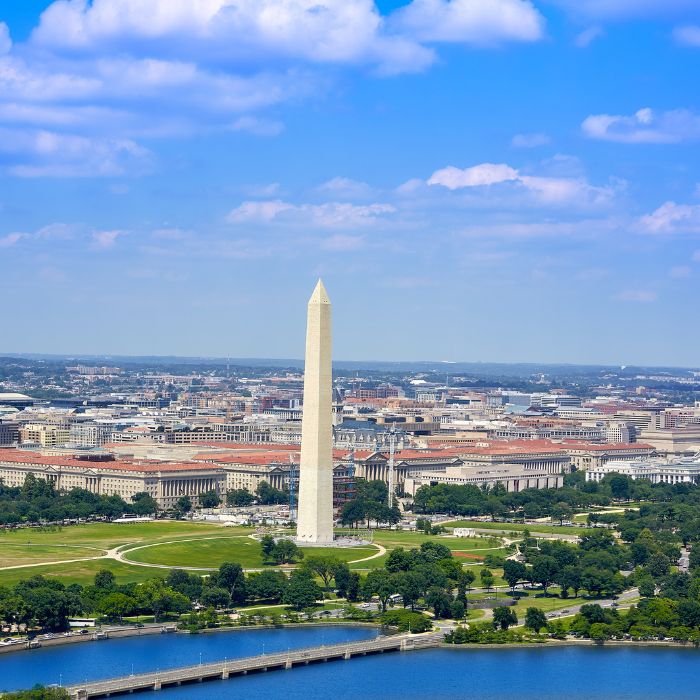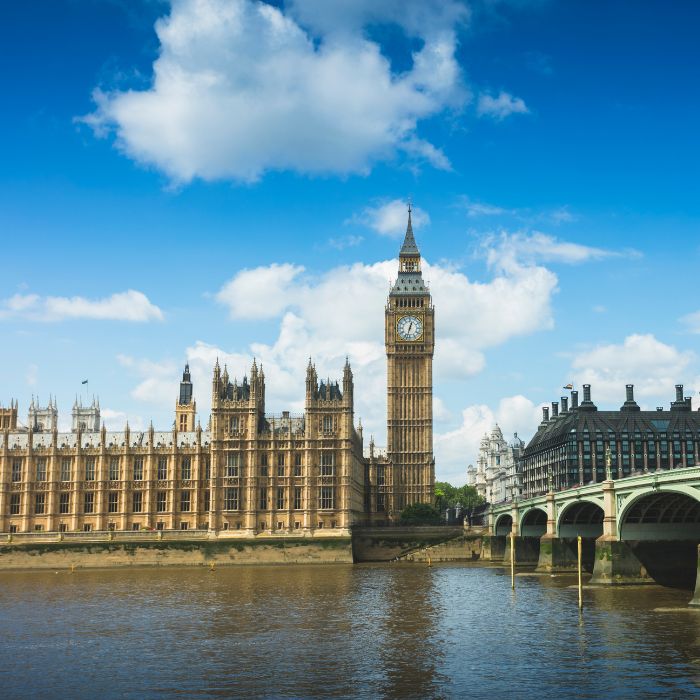FY 2018 H-1B Cap Season Begins: What Employers and Foreign Nationals Can Expect
April 3, 2017
USCIS today begins to accept H-1B cap petitions for employment in FY 2018. With a very large number of cap filings expected this year, the FY 2018 cap of 85,000 is likely to be exhausted quickly.
The first five business days of the cap filing season – April 3 through April 7 – are considered a single filing period. If, as anticipated, USCIS receives more than enough cap petitions to meet the quota during this period, it will run computerized lotteries to choose the cases that will be processed to completion.
Because of the operational challenges of high volume, it will take USCIS some time to perform initial intake, run the selection lotteries, and issue receipts. Employers and foreign nationals should expect to wait several weeks to learn whether their cap petitions were selected in the lotteries.
As a reminder, starting today, USCIS is suspending premium processing for all H-1B filings for up to six months. This means that H-1B cases will not be eligible for 15-day processing unless and until the premium suspension is lifted.
When Will USCIS Announce That the Cap Has Been Reached?
We expect USCIS to announce that the cap has been reached on Friday, April 7 or soon after.
Once the cap has been reached, USCIS will not accept any further cap-subject petitions until April 2, 2018, but employers can continue to file H-1B cases that are not subject to the cap. These include extensions, amended petitions, changes of employer, and concurrent filings for existing H-1B workers. Petitions sponsored by institutions of higher education and their related or affiliated nonprofit entities, government research institutions and nonprofit research institutions are exempt from the cap. However, a current H-1B employee may be subject to the cap if his or her previous H-1B was sponsored by a cap-exempt employer.
Case Intake and Selection Lotteries
In the weeks after April 7, USCIS Service Centers will open each H-1B cap submission, perform initial data entry, run lotteries to select the cases that will be processed to completion and issue filing receipts. It could take USCIS several weeks to complete this stage of processing, especially given the suspension of premium processing.
The agency will run two selection lotteries. One lottery is used select enough cases to meet the cap exemption of 20,000 for holders of U.S. advanced degrees. The other lottery includes both regular and advanced-degree cases, and selects enough petitions to fill the standard quota of 65,000. Cases not selected in the lotteries are rejected and returned with their filing fees.
What Are the Odds of Selection in the Cap?
Filing volume for FY 2018 is expected to be high. Last year, a record 236,000 petitions were filed against the cap. Approximately 151,000 petitions – over 63% of all cap filings – did not win a quota number. About 30% of regular cap cases and about 40% of advanced-degree cases were selected for processing last year.
Receipting and Adjudication
Employers whose petitions are selected for cap processing should begin to get filing receipts within weeks after the selection lotteries are completed. Receipting could continue for several days or weeks after it begins. Receipts will be mailed to petitioners (or their attorneys) by regular U.S. mail.
USCIS is expected to begin working on cap cases soon after they are receipted, but high filing volume, a government-wide hiring freeze, the suspension of premium processing and a significant backlog of non-cap cases could mean longer H-1B cap processing times than in past years. Though the agency makes an effort to complete cap adjudications before October 1, delays beyond this date are possible.
If an adjudicator requires additional facts or documentation in a case, he or she will issue a request for evidence (RFE). If your organization receives an RFE, your Fragomen team may ask you and the petition beneficiary to provide additional information to prepare a response. Working promptly with your Fragomen team will help minimize processing delays. The sooner your response is submitted, the greater the likelihood that your case can be decided in time for an October 1 H-1B employment start date.
Impact of H-1B Cap Processing on Other Case Types
During the busy cap season, USCIS devotes significant resources to the processing of H-1B cap petitions. This year, the agency is also facing a significant backlog of non-cap cases, including extensions of stay.
Though USCIS makes an effort not to unduly delay the processing of non-cap cases, employers and foreign nationals should plan for the possibility that their extensions may take longer than usual. As a reminder, H-1B, H-1B1, L-1, E-1/E-2, E-3, O, P, and TN nonimmigrants are given an automatic 240-day extension of work authorization beyond the expiration of their current period of stay if a timely request for extension of stay is filed on their behalf. USCIS aims to complete extension processing within this timeframe, but if it does not, the foreign national’s employment authorization could be affected.
Fragomen will provide regular updates as FY 2018 H-1B cap processing continues. If you have any questions, please contact the immigration professional with whom you work at Fragomen. This alert is for informational purposes only.



